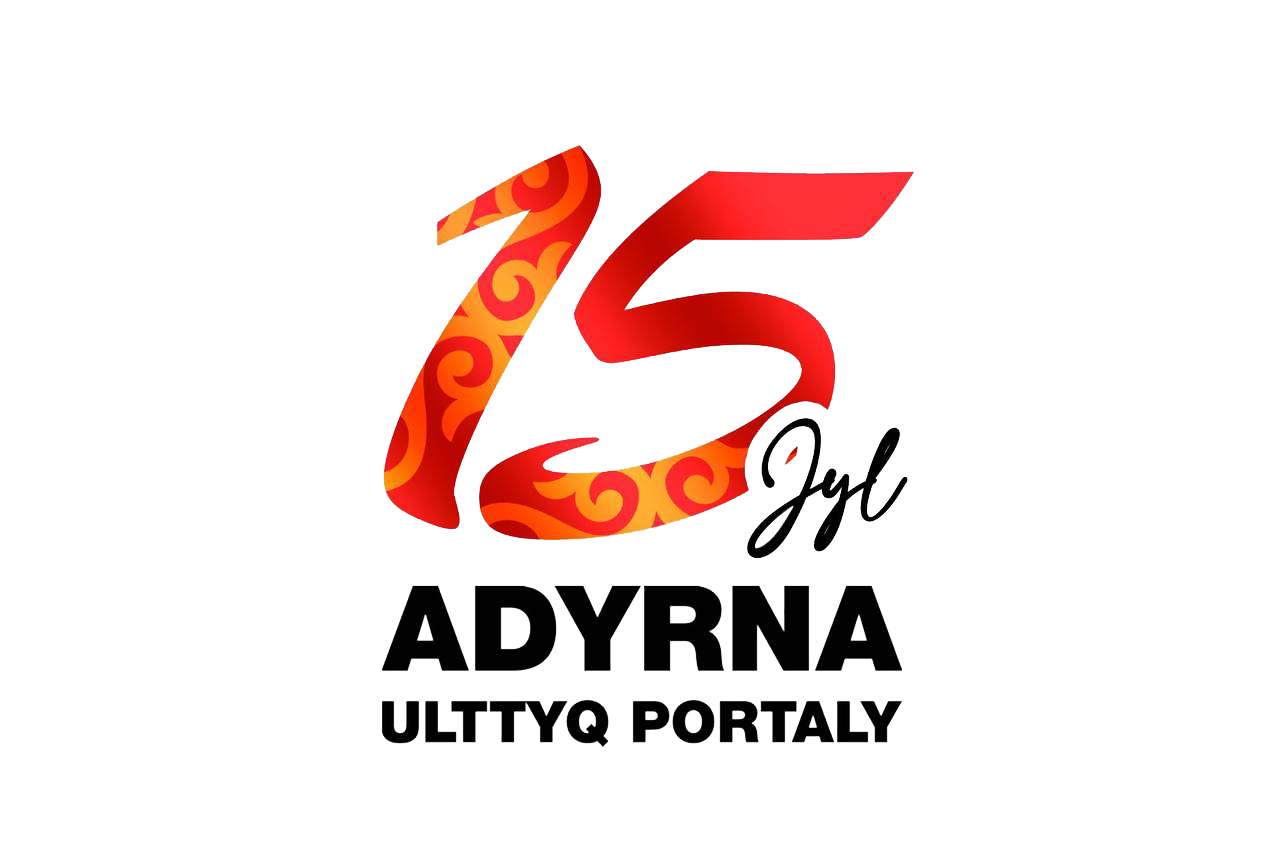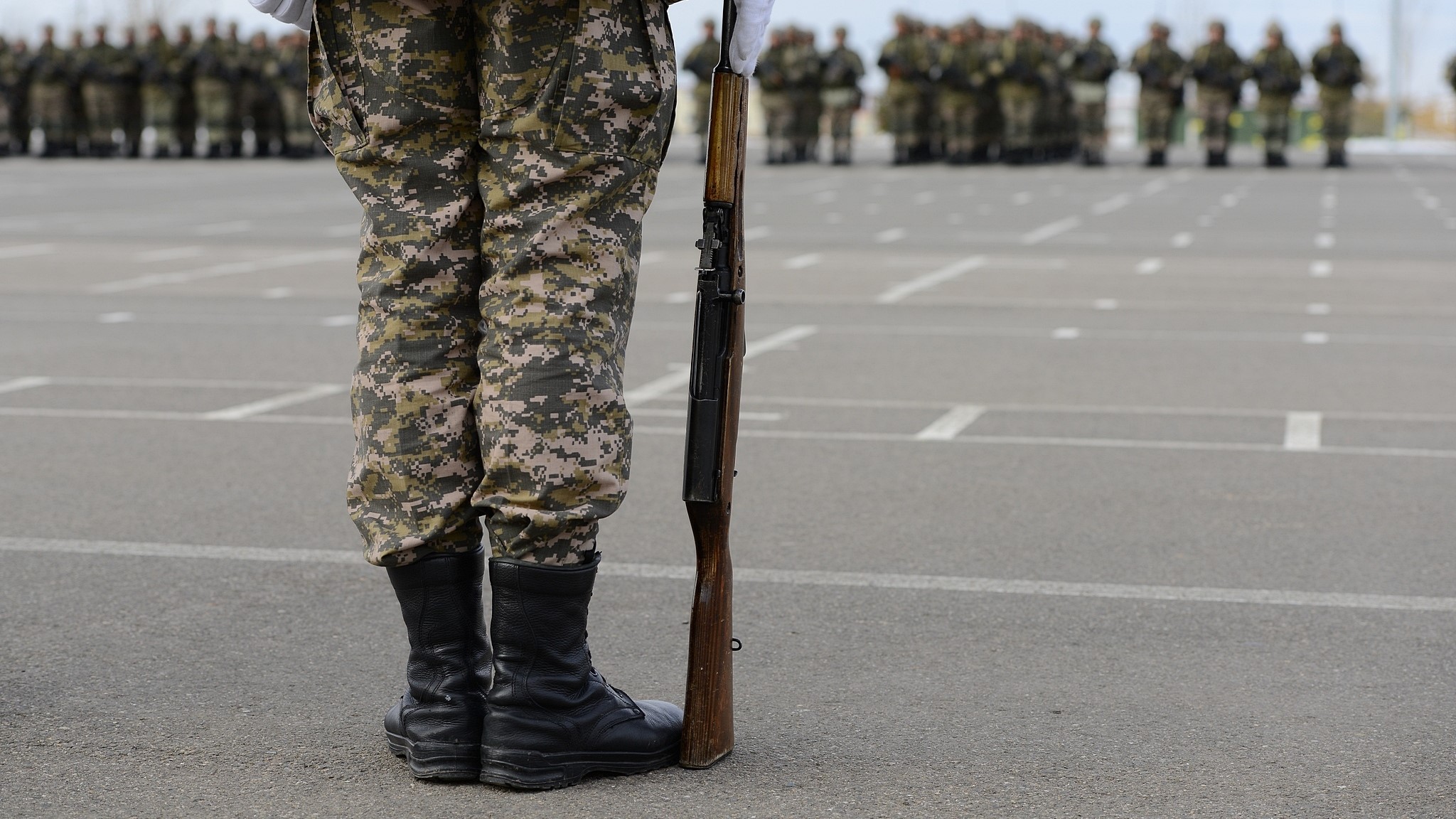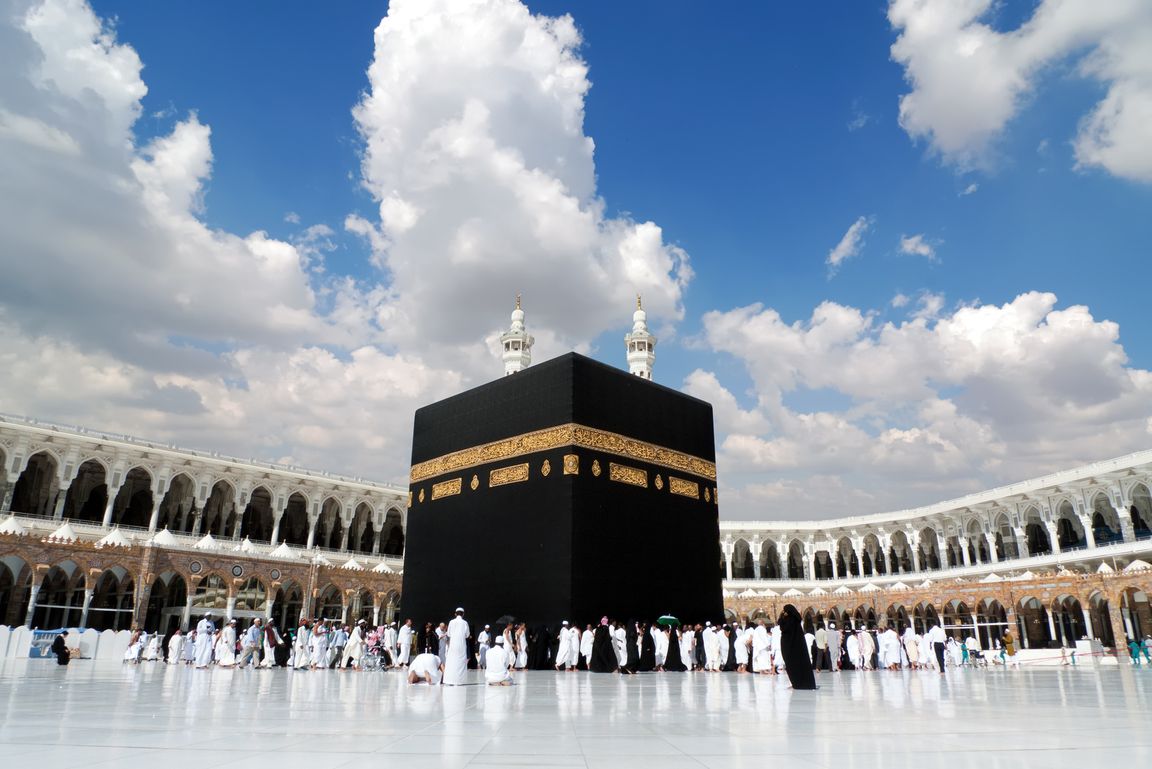In this article, I propose the druids might have had connection to the Kazakh
history, perhaps originating from the same roots. My point of view based on my
research, released as a book soon hopefully. In the research, I have provided some
argumentation in regards the origin of Celtic people as well as Druids and their ties
to Kazakh ancestors. Therefore, this article will provide some additional details in
regards my theory about the new vision.
First, I would like to note that the essential part of my theory focused on the
Kazakh titles Töreshi and Biy. Moreover, before further discussing this issue, it
will be appropriate to give a brief information regarding Druids.
The ancient Druids recorded history goes back to the ancient Roman writings. However, not all of them based on the true historical evidences. It mostly based on interpretations of writings in the manner of the Roman political interests.
Druids believed that their souls were immortal and could be reincarnated and according Druid religion there were two worlds of life; the existing world, and the “otherworld.” Many sources, referring to the Roman inscriptions, regard Druids as very powerful and respected wise elders who would congregate around oak trees in ancient times. In addition, they had the ability to banish people from society for breaking the sacred laws. Some of the stories tell about their ability preventing warfare.
The British Museum maintains “the Druids were priests who carried out religious rituals in Iron Age Britain and France”. At the same time, the magazine acknowledges that “a little is also known about the Druid's beliefs and rituals, including the importance of mistletoe. Archaeologists rarely find direct evidence for priests in the Iron Age. But they often find evidence for religious rites and sacrifices and many of these were probably carried out by Druids”.
There is uncertainty about the Druid’s appearances and no common agreement in this respect aimed lack of pictures of Druids. Despite the arguments on this aspect, some scholars propose the idea of Druids wearing white robes with long white beards and possessing a golden sickle. Their gear could include torcs or necklaces known as lunulae.
Druid or Druidae, traditionally known as a member of the high-ranking class in
ancient Celtic cultures. They were the learned group among the ancient Celts who
acted as legal authorities, adjudicators, lore-keepers, medical professionals and
political advisors. Druids believed that their souls were immortal and could be reincarnated and according Druid religion there were two worlds of life; the existing world, and the “otherworld.” Many sources, referring to the Roman inscriptions, regard Druids as very powerful and respected wise elders who would congregate around oak trees in ancient times. In addition, they had the ability to banish people from society for breaking the sacred laws. Some of the stories tell about their ability preventing warfare.
The British Museum maintains “the Druids were priests who carried out religious rituals in Iron Age Britain and France”. At the same time, the magazine acknowledges that “a little is also known about the Druid's beliefs and rituals, including the importance of mistletoe. Archaeologists rarely find direct evidence for priests in the Iron Age. But they often find evidence for religious rites and sacrifices and many of these were probably carried out by Druids”.
There is uncertainty about the Druid’s appearances and no common agreement in this respect aimed lack of pictures of Druids. Despite the arguments on this aspect, some scholars propose the idea of Druids wearing white robes with long white beards and possessing a golden sickle. Their gear could include torcs or necklaces known as lunulae.
Even though the term “druid” translates as “priest”, the origin of their name may
The suggested translation divides the term into two components or elements originating from
proto-Indo-European roots deru and weid- "to see". This kind of formation is referred to Pliny the Elder, who in his Natural History considered the word to contain the Greek noun drýs (δρύς), "oak-tree"and the Greek suffix -idēs (-ιδης).
Now it is time to give a glance to why I think that the terms
derive from the Celtic word dru-wid-s “knower of the oak tree.”
be related to Druids. One of the reason is that both of the words are synonyms and
Töreshi and Biy may
can alter each other, because they commonly translated as “master, lord, ruler”,
and sometimes used as the paired combination töre-biy. Next important aspect is
that anyone who had the titles could act as judges. Thus, they historically
represented the upper class identical to Druids. The root of the word töreshi is tör
or dör ( southern dialect) “high, upper, honorary place” and dūr “big, huge” with
dür “brilliant, distinguished”, which etymologically originates from the PA (proto-
Altaic) t ̔ṓr[e] “post, pole, tower”;
t ̔ŏŕe “law, regulation”, PT (proto-Turkic) tȫr
“honorary place in the house”, PT töŕ “foundation, root, origin, ancestors”,
common for all Turkic languages.
At the same time, all the above will be cognate with the Kazakh words dürdei
“important”, d(ū)rdai “great, impressive”, tür “face, appearance”, tüs “dream”,
tura “right, exact, just, true”, törkin “origin, source, primary”, joru “to predict, to
explain or interpret”; proto-Altaic t ̔ŏŕe “law, regulation”; t ̔ḭăru “to curse, to
speak”; PT tẹrk “to curse, despise”. Relevantly, they built up on the Kazakh
morpheme tu /tuu «to deliver birth, to bear, to be born”; Proto-Altaic t ̔ŏri to be
born, copulate; PT töre “to be born, originate”.
As we see from the above, the term
töreshi is closely connected, among others
(“judge, foreteller, righteous” etc.), with the meaning of “ancestor” and “highness”
equating with the words átá and bábá “grandfather, ancestor, protector, patron”.
Equivalent in PT will be töŕ “foundation, root, origin, ancestors” which will
correspond with O.Ir. drūi “Druid”;“the high; noble” . One of the prominent
Töreshi in the Kazakh history was Qorqyt Ata. Qorqyt Ata sometimes described as
the supporter of kings and emperors, blessing them on military campaigns. He is an
historical individual with some legendary background, living in the area of Syr-
Darya River in the medieval times. He acted as a judge as well and it is described
in the “Book of Dede Qorkhyt”; one of his judgment directed to Dirse Khan
regarding his son, stating: “This young man fought and killed a bull on the playing
field of Bayindir Khan. Therefore, let your son's name be Bugach. I give him his
name, and may Allah give him his years of life.” Khorkhyt Ata’s epithets included
jyrau “narrator, singer”, säuegei “sage”, küi atasy “lord of the küi (Kazakh melody
composition)”, qobyz atasy “master of qobyz (Kazakh violin)”, äulie or kie
“priest”, uly oishyl “the great mastermind” and baqsy baba “patron of baqsy”.
Like Druid, who is the main figure of Druidism, Bakhsy i.e. Shaman is the central figure in the shamanism of Kazakhs, believed to be a powerful divine who can communicate with the other world through trans or spiritual ecstasy, practicing healing. Baqsylyq (Shamanism) is an existential component of the ancient Kazakh culture, tradition and believes that has long history. Bakhsy is also associated as a liaison between leaving beings and spirits. Kazakh mythology describes Baqsy as a powerful person who could tame, control and succumb spirits and demonic creatures using various instruments including qobyz. Besides, in shamanism, very important role in travelling to other world given to so called World Tree. The World Tree in the Kazakh traditional folklore is called Qarağaš (holly tree), Kie Ağaš (king tree, sacred or holy tree) or Bäiterek (king poplar, big poplar). Obviously, there is a similarity between Kazakh terek “poplar” or toranğl “blue poplar”, PT “tōŕ birch bark, birch cover (for a bow), vessel made of birch bark”, PTungus duri “cradle made of birch bark” and proto-Celtic dru “oak”. If we compare proto-Turkic derek “poplar, tree” with Middle Welsh deri “oak”, the equity will be adequately visible. As an additional confirmation for the close ties of the Kazakh and Celtic terms Druid and T
As a poet, composer and narrator, Qorqyt Ata can draw image of the Bard (also, bardo, barz) known as a poet, storyteller, music composer and oral historian. The history even saw examples of describing bards as shamans. In the instance, I observe that the origination of the both terms i.e. baqsy and bard may have had the same origin, which is Kazakh bas “head, soul”, bábá “grandfather, ancestor”, bir “one” or apa “mother, father” cognate with ata. Eventually, almost the same words emerge in the proto-Celtic Etymological Dictionary by Ranco Matasović, they are: attyo- “father, foster father”, fatir “father”. Baqsy also have some similarity with the Indian Bhats that gives fundamental basic to the term bard. In addition, according to Wikipedia “Jeffrey G. Snodgrass (professor of anthropology at the Colorado State University) states that “Bhat” is a generic term for ‘bard’, applied to a range of mythographers including those employed by village nobles.” The Serbian word baća “father, priest” will be example that shows close relations between so-called Indo-European and Turkic origin words.
There is no phonetically equal word in Kazakh for the proto-Celtic bardo, but similar jyrau / jyrshi “narrator, singer”, which was one of the titles of Qorqyt Ata. Although, saryn “song” (PA sarV, PT sarin) is a type of a song produced by Baqsy during their practices. The Jyrau too could have acted as the Biy as in the case of Buhar Jyrau Qalqamanuly (1693 – 1781 AD). Buhar Jyrau was one of distinguished public official, singer, narrator who resolved both domestic and foreign affairs critical issues. As alternates for the term Bard, I can think of the Kazakh verbs barq ety / baqyru “to shout, to bark” or baqyrdy “shouted, barked”, baryldau “to jar, to bray” (PT bar “to hazard, to make decision”) and dombyrashy “dombyrist (player of the Kazakh instrument domByra)”. It is notable that the
Scandinavian thunder gods Taranis and Thor associated with the Holly Tree, which
öre, will be the fact that the Celtic and
has the proto-Celtic form tennyo with translation of “holly, elder”.
As a poet, composer and narrator, Qorqyt Ata can draw image of the Bard (also, bardo, barz) known as a poet, storyteller, music composer and oral historian. The history even saw examples of describing bards as shamans. In the instance, I observe that the origination of the both terms i.e. baqsy and bard may have had the same origin, which is Kazakh bas “head, soul”, bábá “grandfather, ancestor”, bir “one” or apa “mother, father” cognate with ata. Eventually, almost the same words emerge in the proto-Celtic Etymological Dictionary by Ranco Matasović, they are: attyo- “father, foster father”, fatir “father”. Baqsy also have some similarity with the Indian Bhats that gives fundamental basic to the term bard. In addition, according to Wikipedia “Jeffrey G. Snodgrass (professor of anthropology at the Colorado State University) states that “Bhat” is a generic term for ‘bard’, applied to a range of mythographers including those employed by village nobles.” The Serbian word baća “father, priest” will be example that shows close relations between so-called Indo-European and Turkic origin words.
There is no phonetically equal word in Kazakh for the proto-Celtic bardo, but similar jyrau / jyrshi “narrator, singer”, which was one of the titles of Qorqyt Ata. Although, saryn “song” (PA sarV, PT sarin) is a type of a song produced by Baqsy during their practices. The Jyrau too could have acted as the Biy as in the case of Buhar Jyrau Qalqamanuly (1693 – 1781 AD). Buhar Jyrau was one of distinguished public official, singer, narrator who resolved both domestic and foreign affairs critical issues. As alternates for the term Bard, I can think of the Kazakh verbs barq ety / baqyru “to shout, to bark” or baqyrdy “shouted, barked”, baryldau “to jar, to bray” (PT bar “to hazard, to make decision”) and dombyrashy “dombyrist (player of the Kazakh instrument domByra)”. It is notable that the origin of the term bardo which was supposedly derived from the PIE gwr̩ hx-dhh1-ó-s “poet” or “praise-maker” has an impending resemblance with the term jyrau “narrator, singer”. Considering that the root word for jyrau is PA iru and PT ɨr “song”, I assume that the generic word for PIE gwr̩ hx-dhh1-ó-s “poet” or “praise- maker” may be the Kazakh / PT word jyr “song”. It may be true even for the Russian word jrets “priest” (old Slav jrs jrѫ: old Russian jrѫ. Cognate Lit. giriù, gýriau, gìrti “to praise, glorify”). The correctness of this version can be covered by the fact that Turkmen’s calling singers and poets as baqşy or bagşy. Herewith, we need to bear in mind that oldest inscriptions of Kipchaq (Kazakh) were closely connected with Pali, Sanscrit and Prakrit languages
My concept of correlation between the terms baqsy and bardo has another possible similarity. It seems to me that proto-Celtic bakko “curved stick, hook” with the PIE origin bak “stick” and Kazakh word bakan “pole, club” (PA bàku; PT bakna), sabaq “branch, bunch” (PT sapak) have the same root with the terms baqsy and bardo. Eventually, the root word for the both terms (baqsy, bard) emerge in the Sumerian language as bar “soul” and Ancient Egyptian ba “personality”, ka/ba “soul”. Historically, the words for distinguishing of the dead and living person in Kipchak / Kazakh language were abaq “personality” and sin “grave, idol, personality” (P.B. Golden “The Religion of the Kipchaks”). Respectfully, it seems to illustrate the origin of the term baqsy closely connected with the Kazakh words bas “head, soul” and kisi “person”. By virtue of this fact, I am more than confident that the Ancient Egyptian bai “priestly title”, ȧbeḥ “title of a priest”, Sumerian gala [GÌŠ.DÚR] “ritual singer, lamentation priest”, Kazakh baqsy “shaman, healer”, töreshi “judge”, tör “upper, high, honorary place”, dür “brilliant, distinguished” also, daryn “talent, gift, ability” may have ties through epochs. A striking element of the Ancient Kazakh justice was barymta “collection, deprivation” (usually cattle). Initially the term barymta used to describe legitimate process, sanctioned by a biy. However, in the later period it turned out becoming as a negative or even outlaw epithet due to arbitrary approach. This has some similarity with the outlaw bards described in the Celtic tales.
Among Druids, there were subordinate judges called Brehon (brithem, breitheamhan “judge, judgment”). Brehons were priests of the File (filé “seer, one who sees”) caste who defined and explained the legal regulations, and they were also leaders of poetry schools. Like Kazakh Jarshy (missionary, bringer) they conveyed or interpreted the customs rules and regulations to the public. The priests were recognized as “fierce religious beings who use natural forces that do not exist in nature.” Fierce into Kazakh is translated as buyrhanu and correspond with the verbs burtiu / burtangdau “to grudge, be angry”, berkinu “to be strong, mighty” and compound word bi aqyn “leading poet” getting phonetically closer to the term brehon and its alleged generics. Regards the meaning of the term brehon, the Kazakh word buiyryqshy / buiryq aitushi “order giver, arbiter” will give us a great deal. Probably, I will not say too much adhering the Kazakh word batyr “warrior, hero, leader” (PT bagatur) as Batyrs acted as poets and judges, attested both in the mythology and historically. Poets are called as Aqyn and Aitisker, the most revered ones obtaining title Dur “esteemed, distinguished”. Mainly, the Biy was a person who performed the functions of a lawyer in the past (until 19th century AD). He could act as a judge, bailiff and barrister himself in courts. On the other hand, the Biy undertook obligations of the Töre (lord, ruler), diplomat, orator, commander (Batyr), mediator and ambassador. The highest rank of the Biy was Töbe Biy (the senior Biy), and sometimes called Uly Biy (PT ulug bāj) meaning “Great Biy”. I should note that the word uly (proto-Turkic: ulug) is synonym with the noun alyp “giant, gigantic, huge, mighty” (proto-Turkic: ălp). Thus, it is identical to the Celtic Ollaw (Great File). The possible origin of the term file or fili is proto-Celtic widlu “to see”. To my mind it is cognate not only with the Kazakh bilu “to know, to learn, to be able, to suppose, knowledge” (PA ila evident, visible; PT bil), but also with üngilu “to stare”, ughu (PT uk) and elengdeu “to gaze”. In it is turn the verbs are cognate with the words oilaw “to think” (proto-Turkic: ȫ (j)), eleu “to note”, elengdeu “to gaze around, to look around. It is historically attested that sometimes the Biys’ or Töreshi’ authority could be higher than that of royal figure i.e. Khan (king) and they often called as Baba as well as Baqsy had. Years of training required for someone determined to be as “chosen by the God” for the business of becoming the Biy just like for taking the Druid’s position.
According to Ben Johnson “Druidism can be described as a shamanic religion, as it relied on a combination of contact with the spirit world and holistic medicines to treat (and sometimes cause) illnesses. They were said to have induced insanity in people and been accurate fortune-tellers. Some of their knowledge of the earth and space may have come from megalithic times”.
the proto-Celtic daru “oak” deriving from PIE doru “tree, wood” is cognate with Hittite tāru, Greek dory “tree, trunk, spear”. Thus, I can state with some certainty the terms Therefore, to conclude the brief survey I would be happy to share my impression
that Scythian Targitaus, Enarei, Kazakh /Turkic Tangiri, Sumerian Dingir could have common origins with the Celtic Tanaris and Druidae. The proposal can be supported by the Sumerian words tur “second in rank”, tar “judicious”, tir “forest”
and gidri “stick; staff; scepter”. The reason for that is Druid and Töre-Biy have common or even almost equal elements from ancient to modern times. I
would even interpret the cosmic meaning as dedicated to the “VIP of the Tör Uidegi” or “The ones belonged to the Holy House”.
Ädılbek İşanbekūly


















